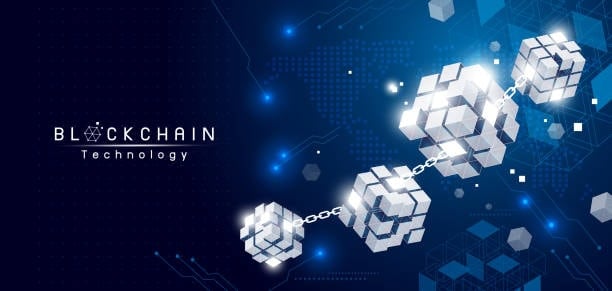
NFTs and Blockchain: Fundamental Structure
NFTs are non-fungible tokens, representing unique digital assets. The biggest difference between NFTs and other tokens like Bitcoin or Ethereum is their non-fungibility: each NFT has its own distinct value and cannot be directly exchanged. NFTs are built on a blockchain platform, which verifies ownership, ensuring transparency and security of transactions.
Blockchain provides a reliable infrastructure for NFT transactions to take place securely and immutably. When a digital asset is transferred as an NFT, all information about its ownership and transaction is permanently stored on the blockchain, protecting the rights of the owner and creating transparency in the market.
The potential for NFT development in art, music , and virtual real estate.
NFTs have ushered in a new wave in the art industry, particularly digital art. Artworks no longer exist solely in physical form but can be digitized into NFTs and traded directly on platforms like OpenSea. This allows artists to access a global market without intermediaries such as traditional galleries or auction houses. NFTs not only protect copyright but also help artists retain a significant portion of their artwork's value during transactions.
A prime example is the artwork by artist Beeple, "Everydays: The First 5000 Days," which sold for $69 million on Christie's platform via NFT, marking a significant milestone for digital art.
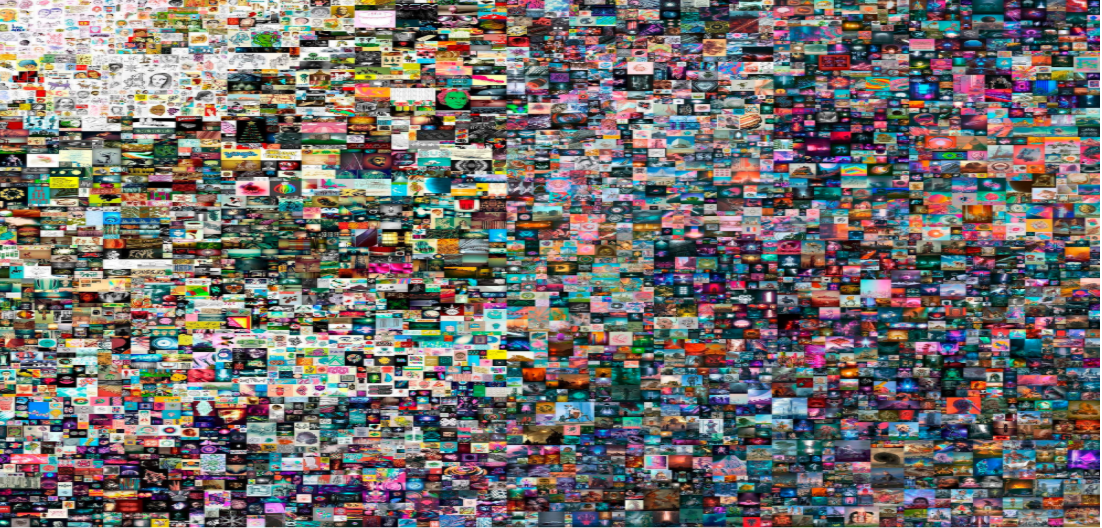
In the music industry, NFTs have also created new opportunities. Instead of releasing music through traditional platforms like Spotify or Apple Music, artists can now release albums, songs, or exclusive musical works as NFTs. This allows artists not only to control ownership and distribution of their products but also to create opportunities for direct income from fans.
For example, rapper Snoop Dogg released his album as an NFT, allowing him to maintain complete control over the distribution and sales process. This is a novel model that offers many benefits to both artists and fans.
NFTs are also changing the way transactions are conducted in the real estate market, especially in virtual spaces like Decentraland or The Sandbox. Virtual land plots in these metaverses can be bought, sold, and traded as NFTs, and owning these assets is no different from owning a physical piece of land. These assets can be built, developed, and traded just like physical real estate.
A prime example is Decentraland – where users can buy virtual land, build structures, and profit from transactions. Virtual real estate is attracting a large number of investors, especially in the context of the development of metaverses.
Challenges for NFTs and Blockchain
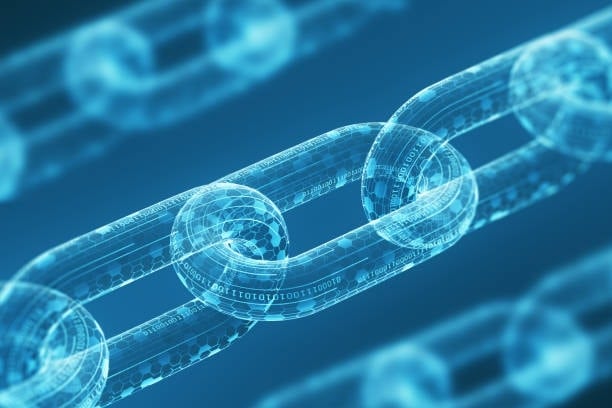
One of the biggest problems is the volatility of NFTs' value. With many people entering the market as an investment opportunity, the value of some NFTs can change very quickly, causing instability and increasing speculation in the market. Artwork or virtual assets can be very valuable at one point but plummet in a short time, putting investors at significant risk.
Although blockchain technology helps secure transactions and ownership, the NFT market still faces risks of fraud, particularly the copying and distribution of artwork without the author's consent. Some cybercriminals can create copies of artwork and sell them as counterfeit NFTs. Therefore, measures are needed to control and protect the rights of artists and buyers.
Another challenge for NFTs is their negative environmental impact. Many blockchain platforms use proof-of-work (PoW) to validate transactions, which consumes a huge amount of energy. PoW is a consensus mechanism used in blockchains to verify and record new transactions securely and decentralized. While some platforms have moved to more environmentally friendly solutions, this remains a major issue to address if NFTs and blockchain are to develop sustainably.
NFTs and blockchain are opening up significant opportunities for owning and trading digital assets, from art to virtual real estate. However, for this market to develop sustainably, improvements in legal frameworks, security, and mitigation of negative environmental impacts are necessary. If these issues are addressed, NFTs could continue to be an important part of the global digital economy , ushering in a new era of assets and ownership.
Source: https://baodaknong.vn/tuong-lai-cua-nft-va-blockchain-thi-truong-so-hoa-tai-san-va-quyen-so-huu-251835.html




![[Photo] Prime Minister Pham Minh Chinh attends the Conference on the Implementation of Tasks for 2026 of the Industry and Trade Sector](/_next/image?url=https%3A%2F%2Fvphoto.vietnam.vn%2Fthumb%2F1200x675%2Fvietnam%2Fresource%2FIMAGE%2F2025%2F12%2F19%2F1766159500458_ndo_br_shared31-jpg.webp&w=3840&q=75)


















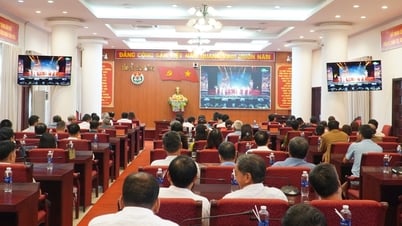
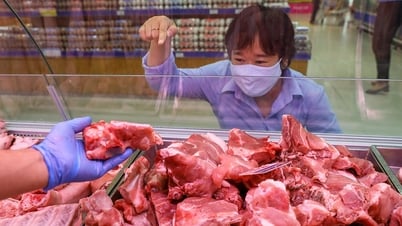
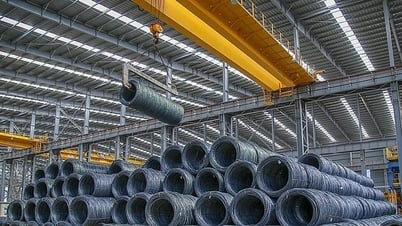
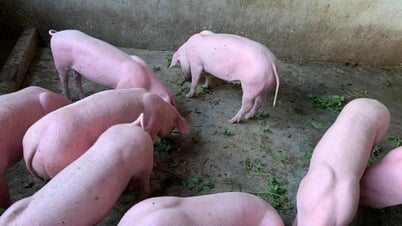

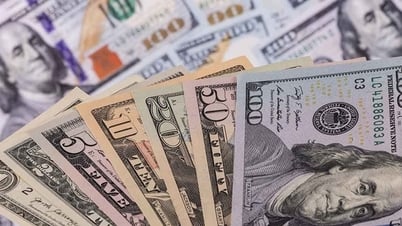











































































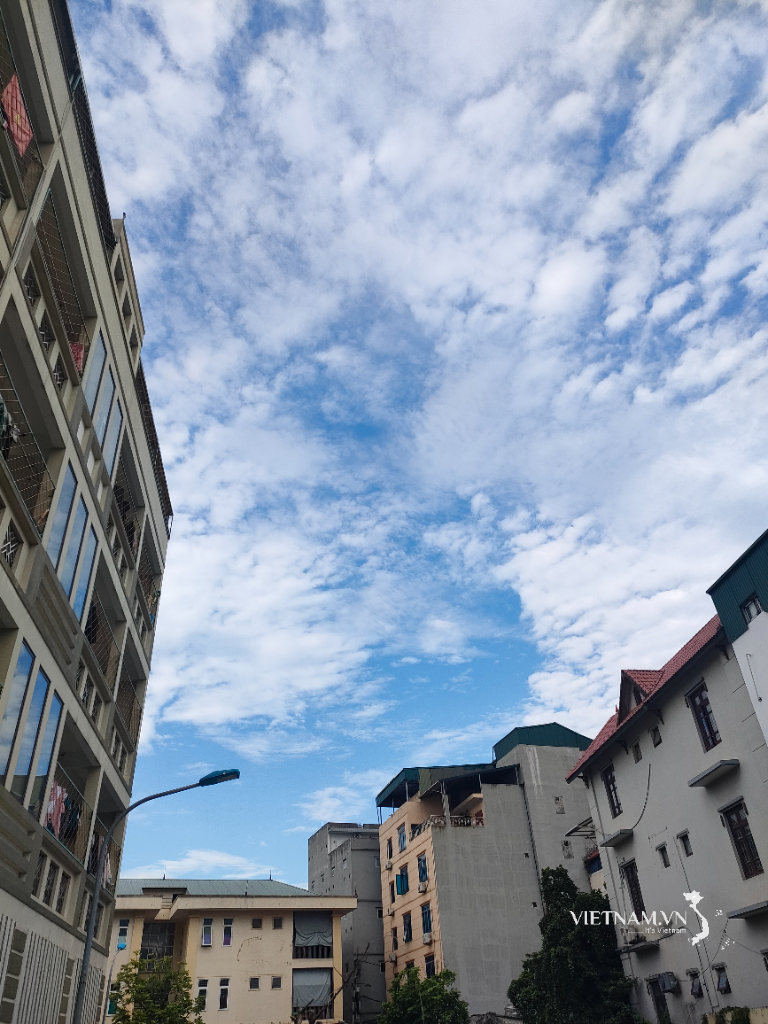


Comment (0)